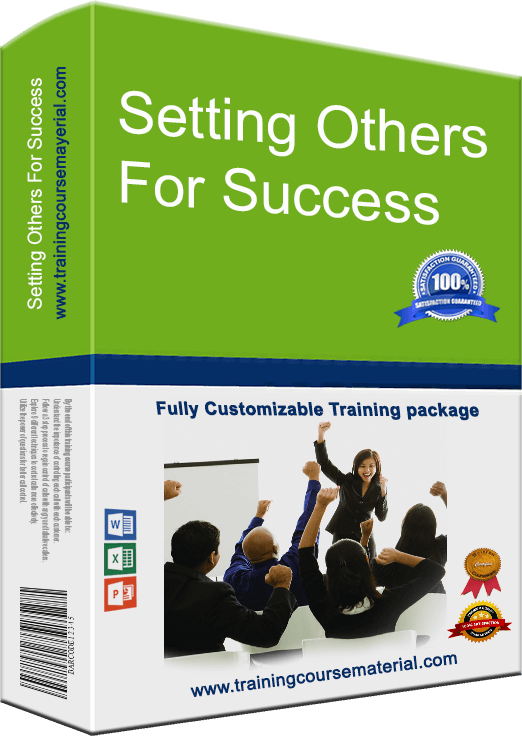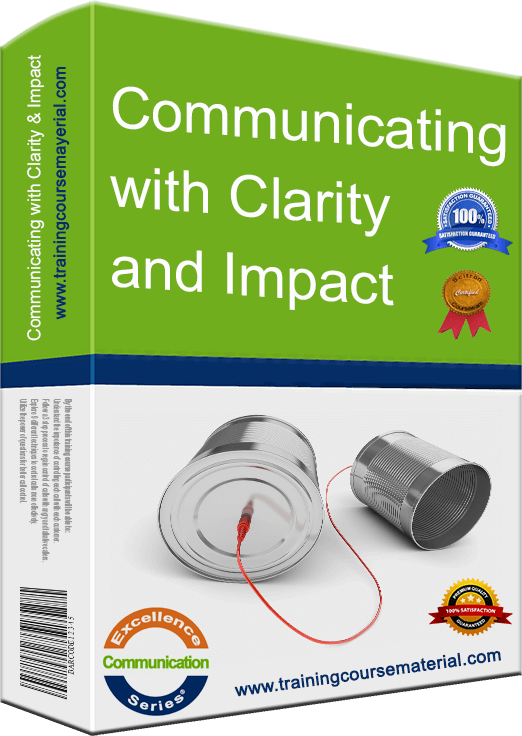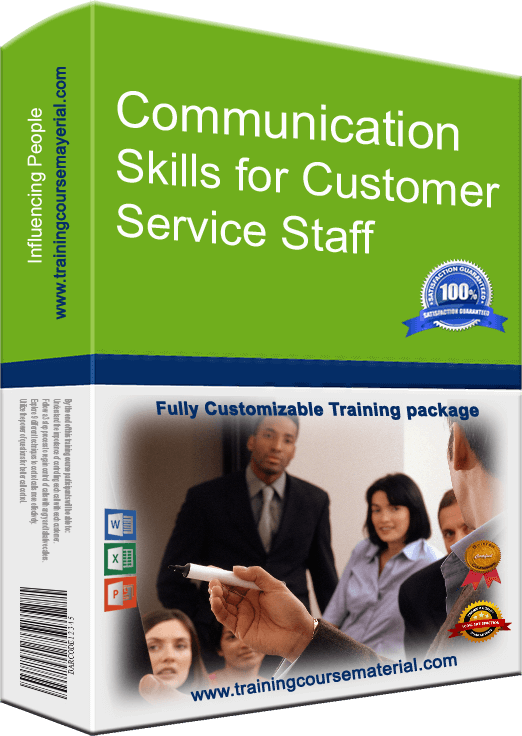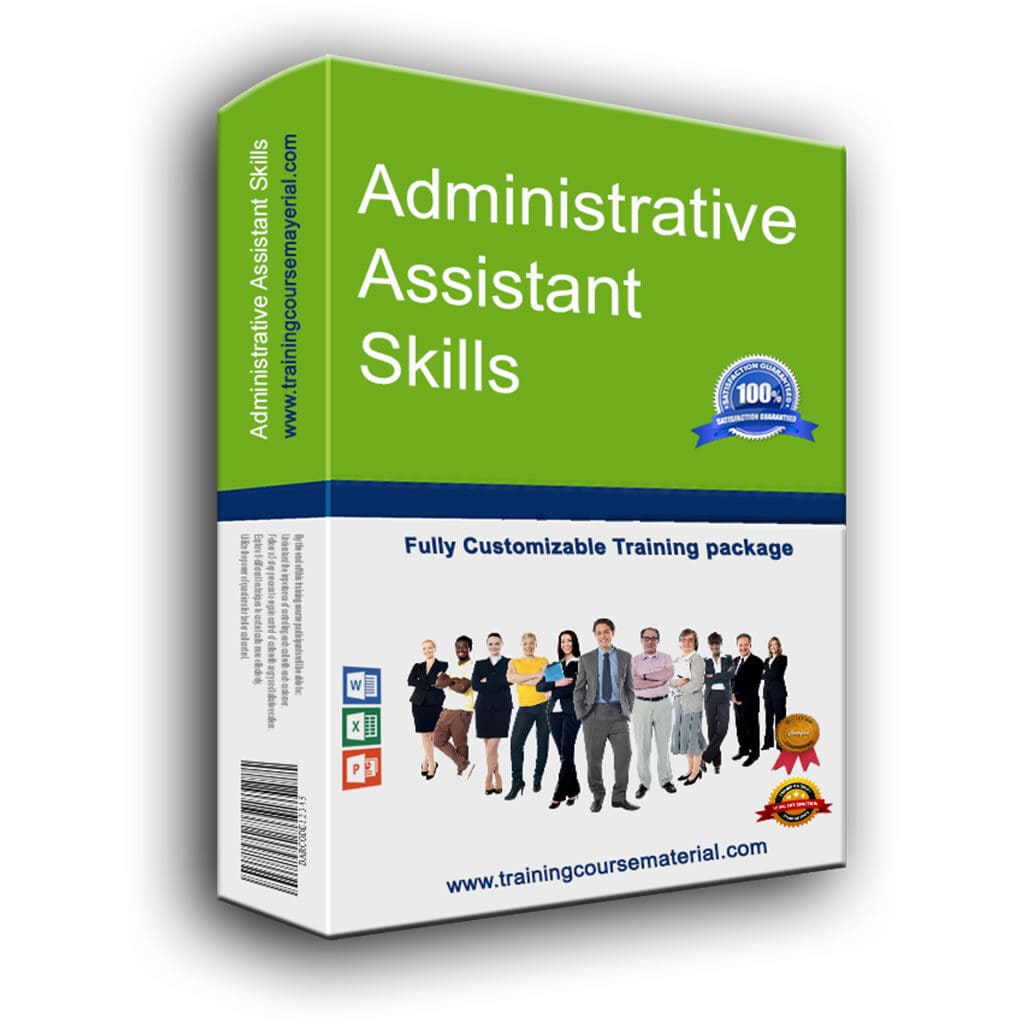10 Way to Get Students to Be More Authentic During Training
10 Way to Get Students to Be More Authentic During Training
- Free Trainer Tips
- /
- Last Updated: 02 April 2021
- /
- Hits: 3239

Authenticity is not usually top of mind when a trainer enters a classroom to deliver a course unless the topic is authenticity. But introducing activities that can create a more authentic learning experience can enhance learning and help participants make connections with their learning for lifelong impact. Being authentic refers to the notion of being your best self. That is a hard thing for people to do sometimes, especially when jobs are on the line or people are feeling pressured to engage in training to keep their jobs. If you are trying to create an impressive and real training experience, try some of these suggestions to get students to be more authentic during training.
1.Use inclusive language
Whenever you talk about ideas, topics, or objectives, be sure to use language that draws your audience in and makes them feel like they are already part of the experience. When you use language like “we, us, our” students will feel more comfortable and are more likely to open up and share ideas and stories which could contribute to the impact of the training in a positive way.
2. Use stories from your own experience
If you are going to ask students to share their experiences — and you are going to ask students to share their experiences — you’ll need to share some of your own. Doing so creates a space of trust and will encourage people to be open to discussions on a more in-depth level, instead of just providing commentary about the training.
3. Ask them to share their stories
Whenever possible, have participants verbalize connections between what you are learning and things they have experienced. Not only does this help learning take place, but it encourages people to be themselves and share parts of their lives that they might not have done otherwise.
4. Share fears about learning
Learning can be overwhelming and downright hard for a lot of people. Encourage the group to talk about their fears associated with learning, and ask them how you can help them get a handle on the materials more realistically. This is best done in general with a group where several answers are likely to provide enough groundwork to make everyone feel comfortable.
5. Come up with ways to combat those fears
After identifying issues with learning or discussion less than positive past experiences, work together as a group to come up with ways to improve this learning experience for everyone involved. This doesn’t have to take a lot of time, but 10 minutes at the beginning of your training session can get people to settle into the training program because they’ll feel like you listened and you care about their learning.
6. Get them writing
When things are slowing down, and people are becoming less engaged, get them to write some feedback, ideas, and questions on a piece of paper. People will always say more on paper than they will out loud.
7. Encourage them to ask questions
At every possible juncture, allow questions. Encourage your students to ask questions on behalf of each other – not everyone will speak up. Encourage them to talk to you on breaks, or after the session, if they don’t feel comfortable talking during the training. Anything you can do to break down the barriers to learning will create a more authentic learning experience for your students.
8. Ask them questions
Always ask them questions throughout a training session. For every topic, have a list of questions, and then watch for opportunities to dig deeper as people participate in the question periods.
9. Have students teach portions of your course
If you want to facilitate learning in a different way, have students teach portions of the course to each other. This creates a valuable opportunity for people to get to know the material from your perspective, which creates a sense of empathy for you. When people are empathetic, they are more likely to participate in your training.
10. Get them solving problems together
Nothing brings out the best in people like the act of problem-solving. When one or more people are trying to solve a problem, their best selves will shine. They will dig deep to come up with a solution that is viable for everyone involved.
When you create opportunities for your students to become more authentic in the classroom, you are giving them the chance to grow as a more authentic person overall. While many people don’t think about becoming “authentic,” they certainly want to work toward being their “best selves.” And that’s the same thing.

34 Full Courses & 6 Mini Courses
Get all available programs
& save ...!!
Price: $4499.95 $2995.95
Great Value For Money
Read More
Are You a
Visual, Auditory or Kinaesthetic ?
How well do you
cope under
pressure?
.
Are You A
people person?
.
Forward looking, or
Stuck in a time
warp?
How content
are you?
.
How soft-centred
are you?
.
Find Out
Your Leadership
Style
How
Emotionally intelligent are You ?

|
+ | 
|
The Presenter-Trainer Package®
Train The Trainer
Presenting With Impact
Price: $359.95 $299.95
SAVE $59.95
Read More
Retail Excellence Series®
3 Complete Courseware
Packages in 1
Frontline Retail Selling Skills
Retail Sales Planning & Forecasting
Passionate Retail Experts
Price: $539.855 $349.95
Pay for 2 Get 1 Free
Read More
Sales excellence series®
3 Complete Courseware
Packages in 1
Sales Management
Professional Selling Skills
Sales Territory Planning & Routing
Price: $539.855 $349.95
Pay for 2 Get 1 Free
Read More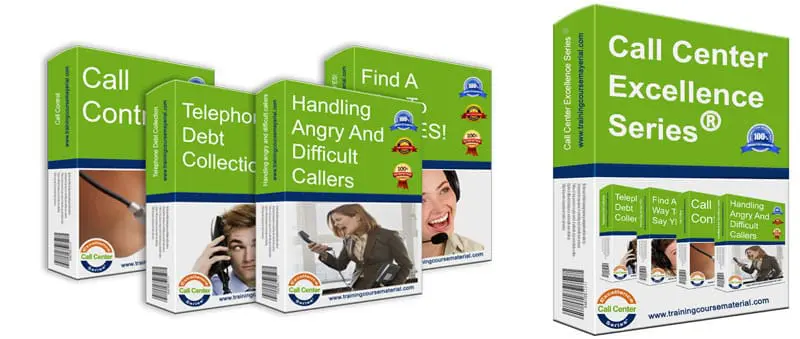
Call Center Excellence Series®
4 Complete Courseware
Packages in 1
Handling angry and difficult callers
Call control
Find a way to say YES!
Successful telephone debt collection
Price: $719.95 $449.95
Pay for 2 programs and Get 2 programs Free
Read More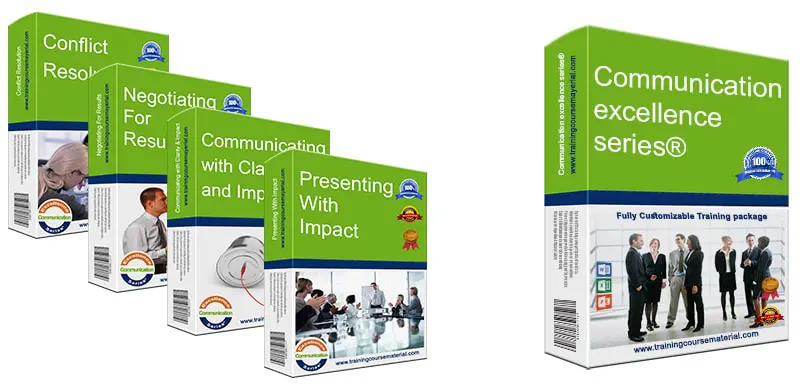
Communication Excellence Series®
4 Complete Courseware
Packages in 1
Communicating with clarity and impact
Negotiating for results
Conflict resolution
Presenting With Impact
Price: $719.95 $449.95
Pay for 2 programs and Get 2 programs Free
Read More
Customer Service Excellence Series®
5 Complete Courseware
Packages in 1
Vision, Energy & Passion To Serve
Pathways to service excellence
Find a way to say YES!
Passionate Retail Experts
Setting others up for success
Price: $899.75 $599.95
Pay for 3 Get 2 Free
Read More
Instant Download
Training packages
Price: $199.95 $179.95
No matter who you are, we all have 168 hours each week. Your ability to best utilize those 168 hours will ultimately determine your success. Using self-discovery, hands-on activities and innovative concepts, throughout this high energy training program, participants will learn how to get better control of their time and their life in general.
Price: $199.95 $179.95
A highly engaging one-day training program packed with a plethora of fun activities and games focusing on the key characteristics of high performing teams.
Price: $199.95 $179.95
All you need
to deliver a great training!
Our training material packages come with all you need to provide
a professional and accelerated learning solution with

High Impact
Power Point Slide Deck
To support immersive learning, a high impact professionally designed power point slide deck to engage trainees at all levels.

Student
Workbook
A comprehensive reference workbook you can give out to your class participants as a quick future reference.

Trainer
Guide
With step-by-step clear directions with tips and suggestions on what to say and how to present each slide.

Activity
/Exercise Sheets
Various training material and support documents to help you both explain and debrief the different exercises, activities and games Plus a fun final Jeopardy style review game as a fun ending for your training program.

Additional
Support Documents
To ensure you have all you need to deliver a complete and professional training program, additional supporting documents are included with each full course material package. From training evaluation forms to 5 different certificate templates that you can edit and hand out to your participants at the end of your training.

Job Aids
& Forms
Specific forms designed to extend and reinforce the training that participants can utilize back on the job to help them apply the new learned concepts (Select training material packages)













